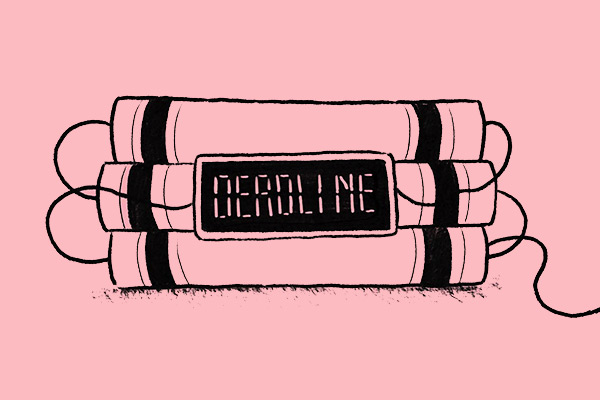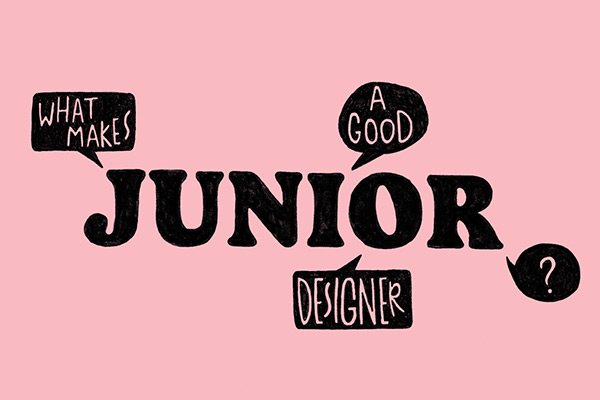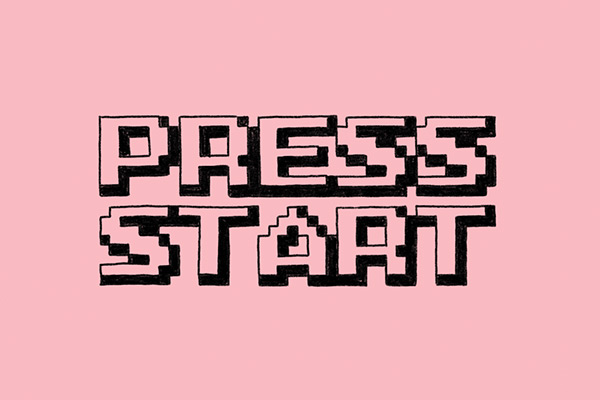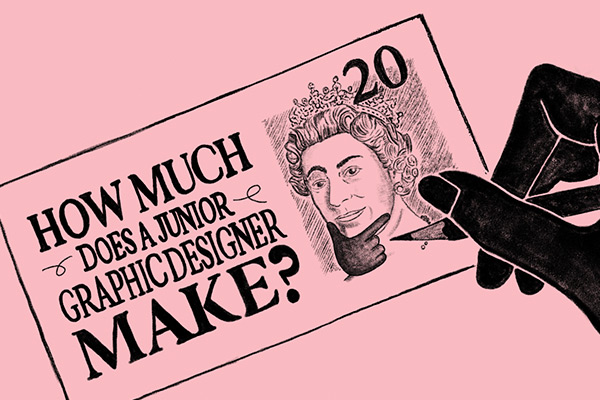What does a designer’s career progression look like?
What does a designer’s career progression look like?
From drawing pretty pictures to making millions. The design industry can be an exciting and lucrative career choice. We wouldn’t change it for anything, but will it be right for you?
Written by Dave Greasley on 23.07.2020
From drawing pretty pictures to making millions. The design industry can be an exciting and lucrative career choice. We wouldn’t change it for anything, but will it be right for you?
Written by Dave Greasley on 23.07.2020
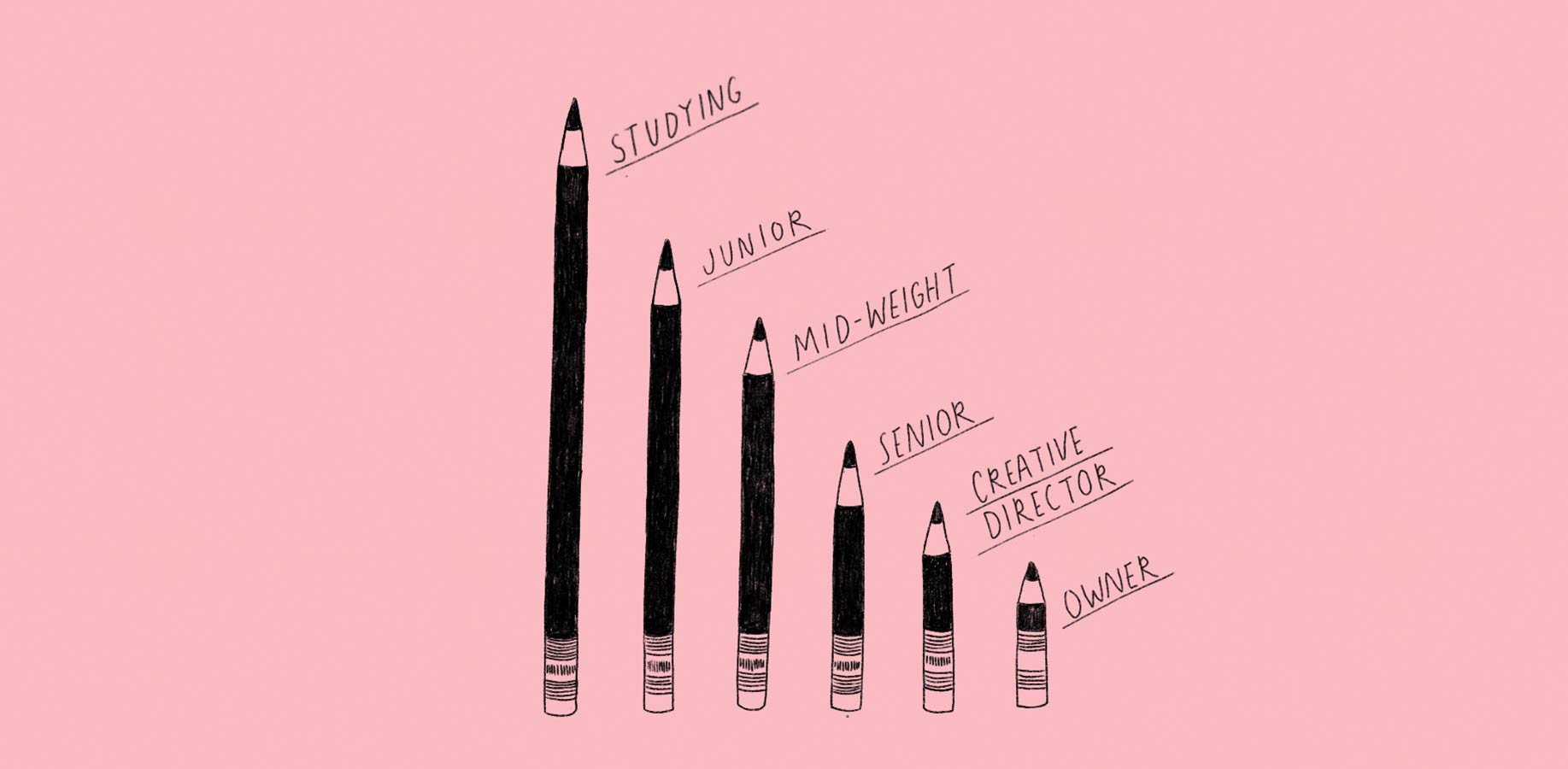
Learning
The majority of designers will take the expected journey through University, but we’ve wrote a little piece on alternative routes, if you’re interested.
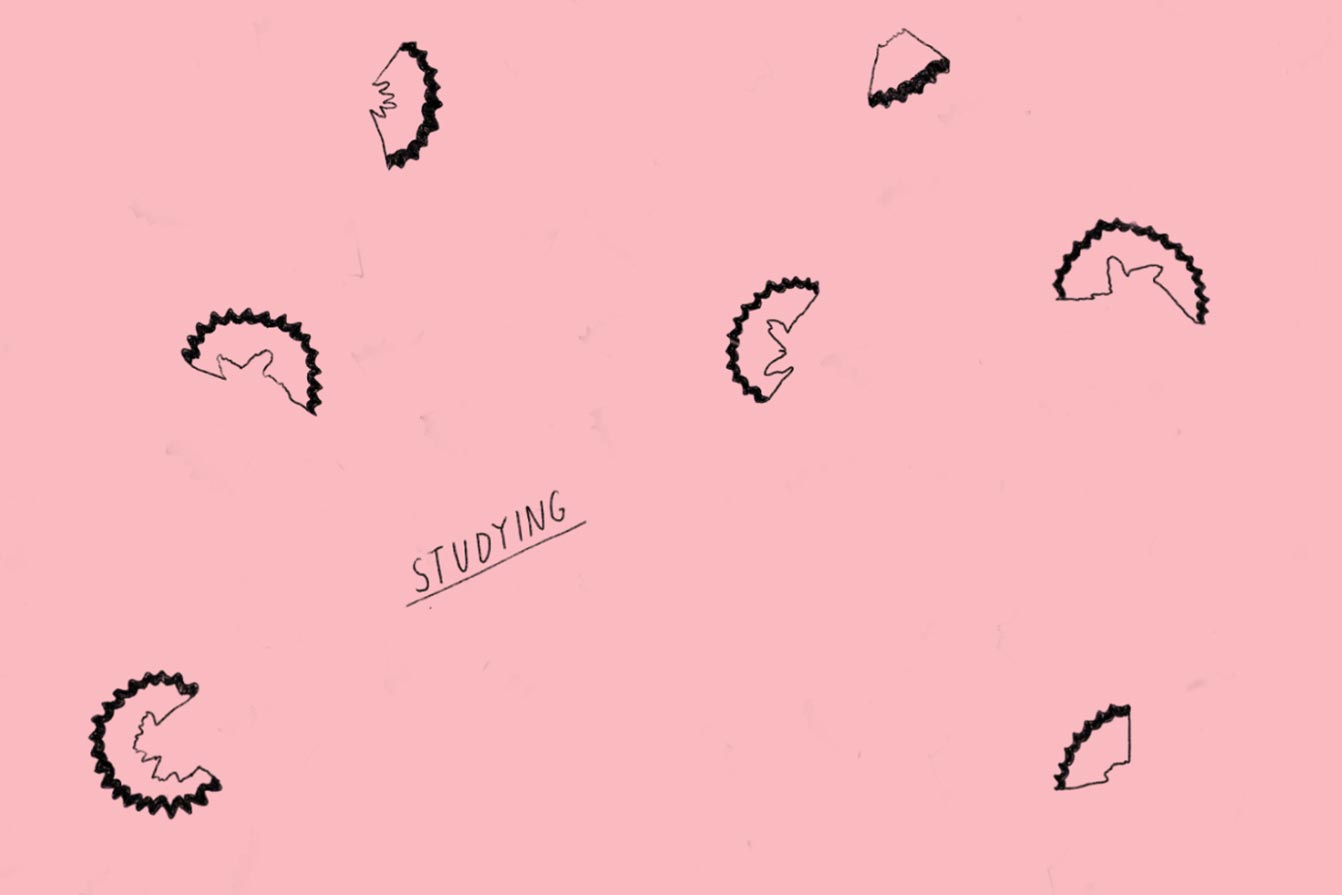
The studying/learning period can take anywhere from 6 months to 5 years, to learn the basics. Depending on how dedicated you are to learning and the quality of your tuition. But be aware that the next 40 years of your life will be an unavoidable learning curve : ).
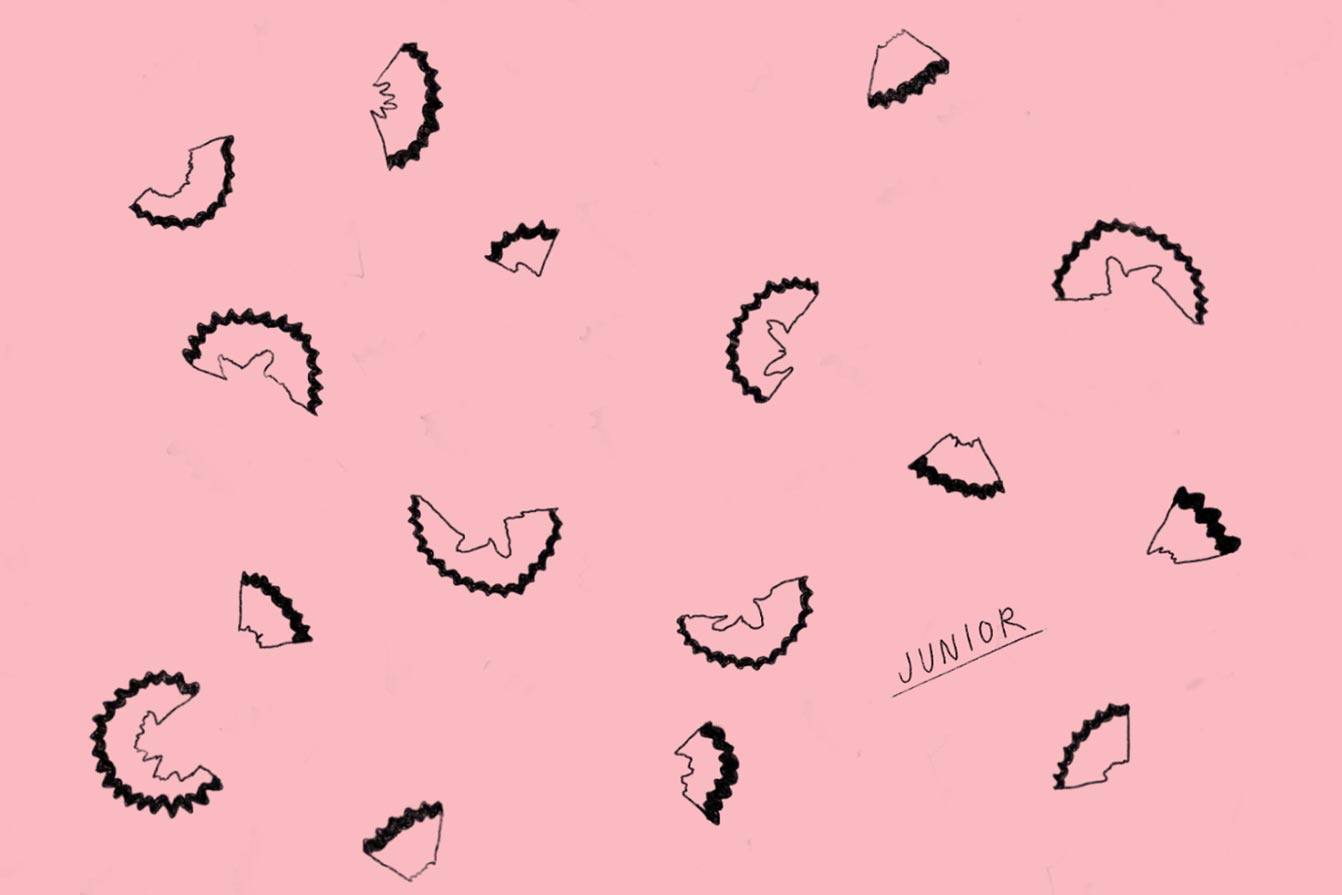
Junior Designer
As a junior, you’ll be cutting your teeth & learning the ropes for the first 2-4 years. If you’d like to know a little more about a day in the life of a junior, have a read of this article. You’ll answer to a more creative position above you, and also shadow/learn from these people. Your designs will be informed by a strategic initiative, and normally follow a style or layout created by a more senior member of staff. Your first couple of years are very much a sharp learning curve, and your manager will (or, should) have flexibility and not apply too much pressure if thing’s aren’t 100% right.
Typically, a Junior Designer in the UK will earn around 21k pa depending on experience and location.
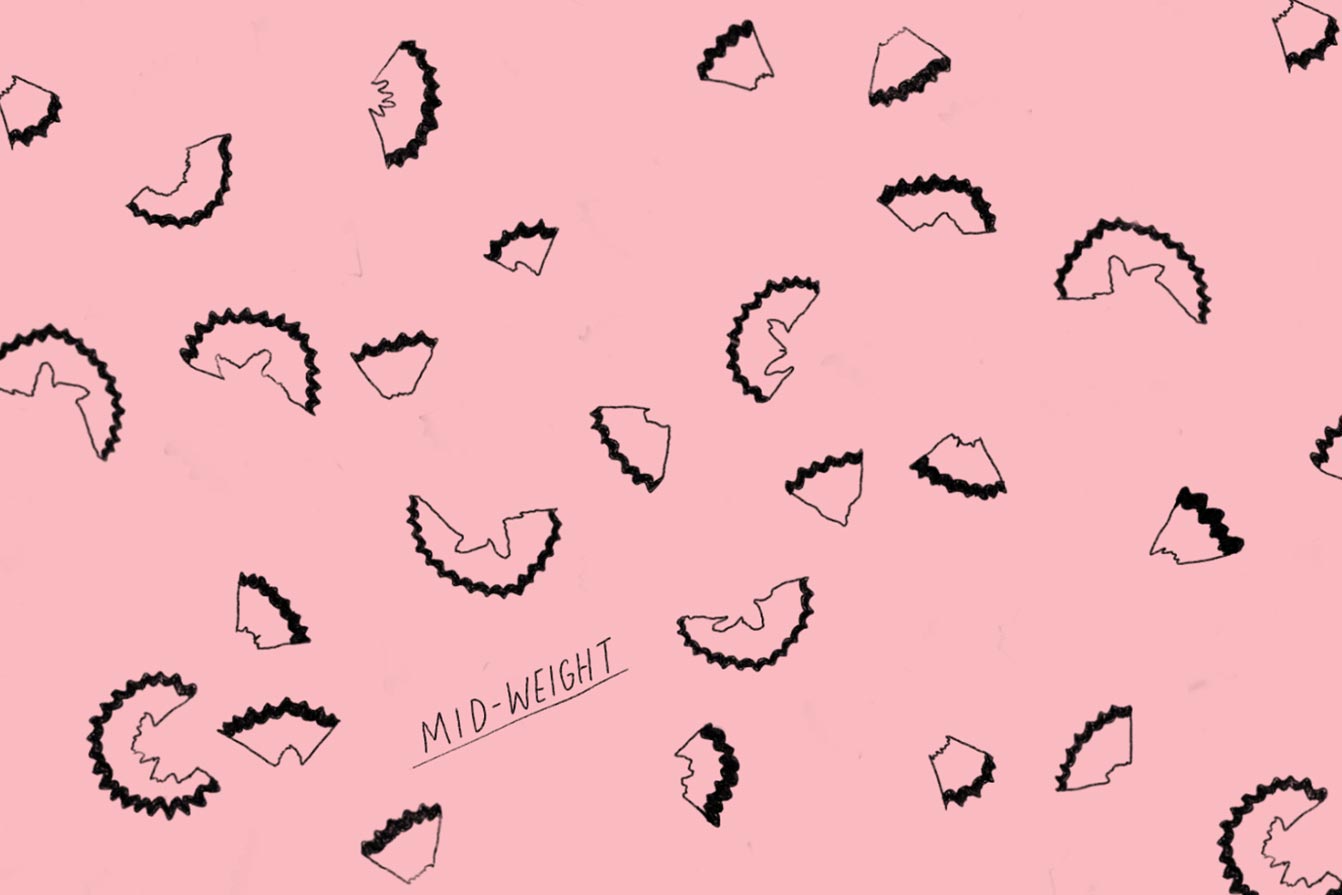
Middleweight Designer
Middleweights tend to have around 3-6 years experience. Their role becomes more of an all-round creative and they may be working on various projects across multiple medias, at any one time. They will still report back to a senior creative for feedback, but the expectation at this level will be that the work will be ‘of a good standard’ most of the time. At this stage they are likely to be more client-facing, and may even be running their own smaller projects, without much input from more senior staff.
The average income for a middleweight designer in the UK is currently around £27k.
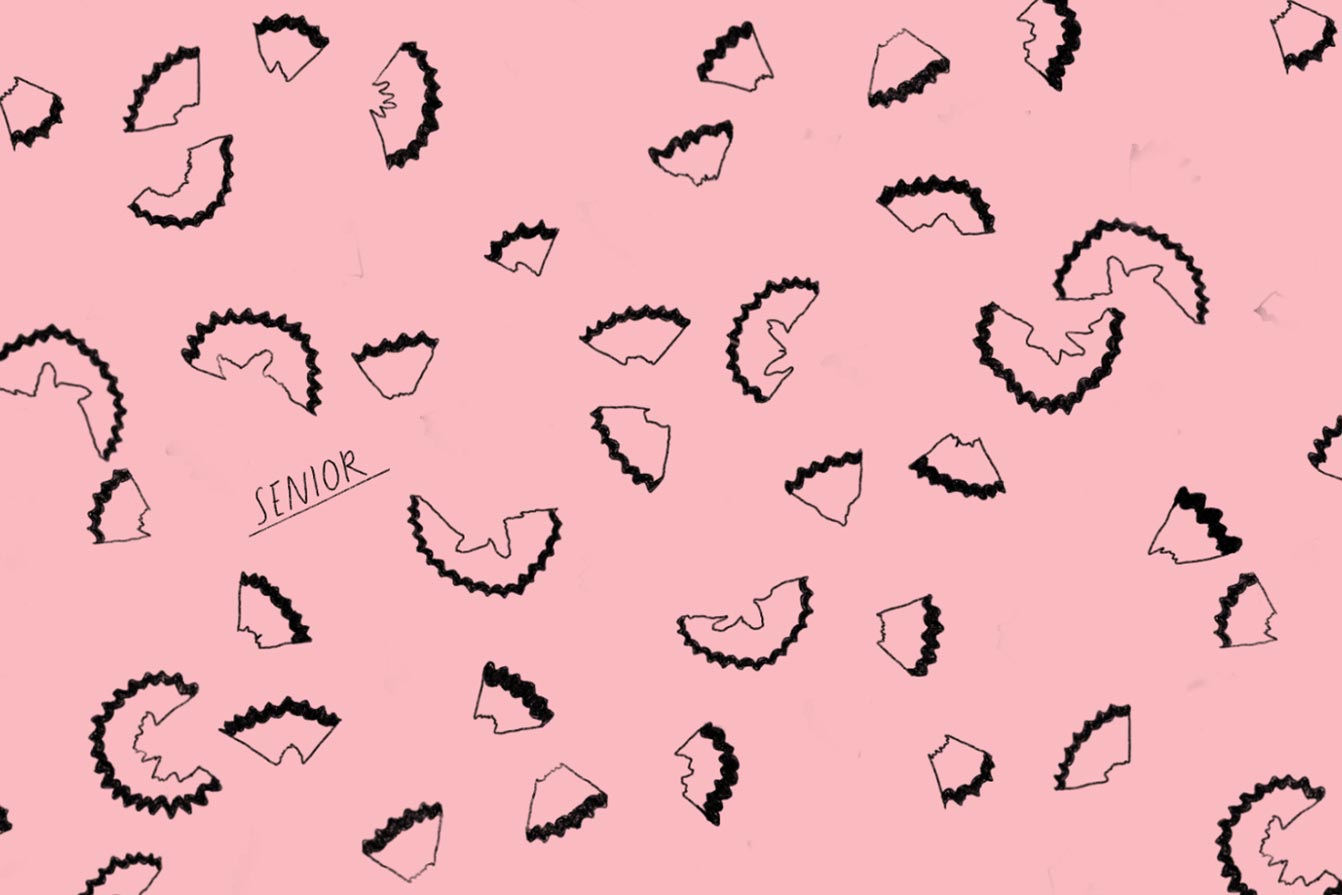
Senior Designer
With around 7-10 years experience you’ll be graduating to Senior status. At this stage you’ll be expected to run projects by yourself, from initial client meeting through to final production. Through experience you will be more accurate when it comes to planning, timescales and outputs. Projects will seem to become more fluid, as you’ll have refined your own creative process and previous experience should stop you going down wrong paths. You’ll be at a level where pitching ideas and receiving feedback from clients/senior members feels more relaxed. A good senior designer will enjoy raising junior colleagues around them.
The average wage for a senior designer in the UK is currently around £35k.
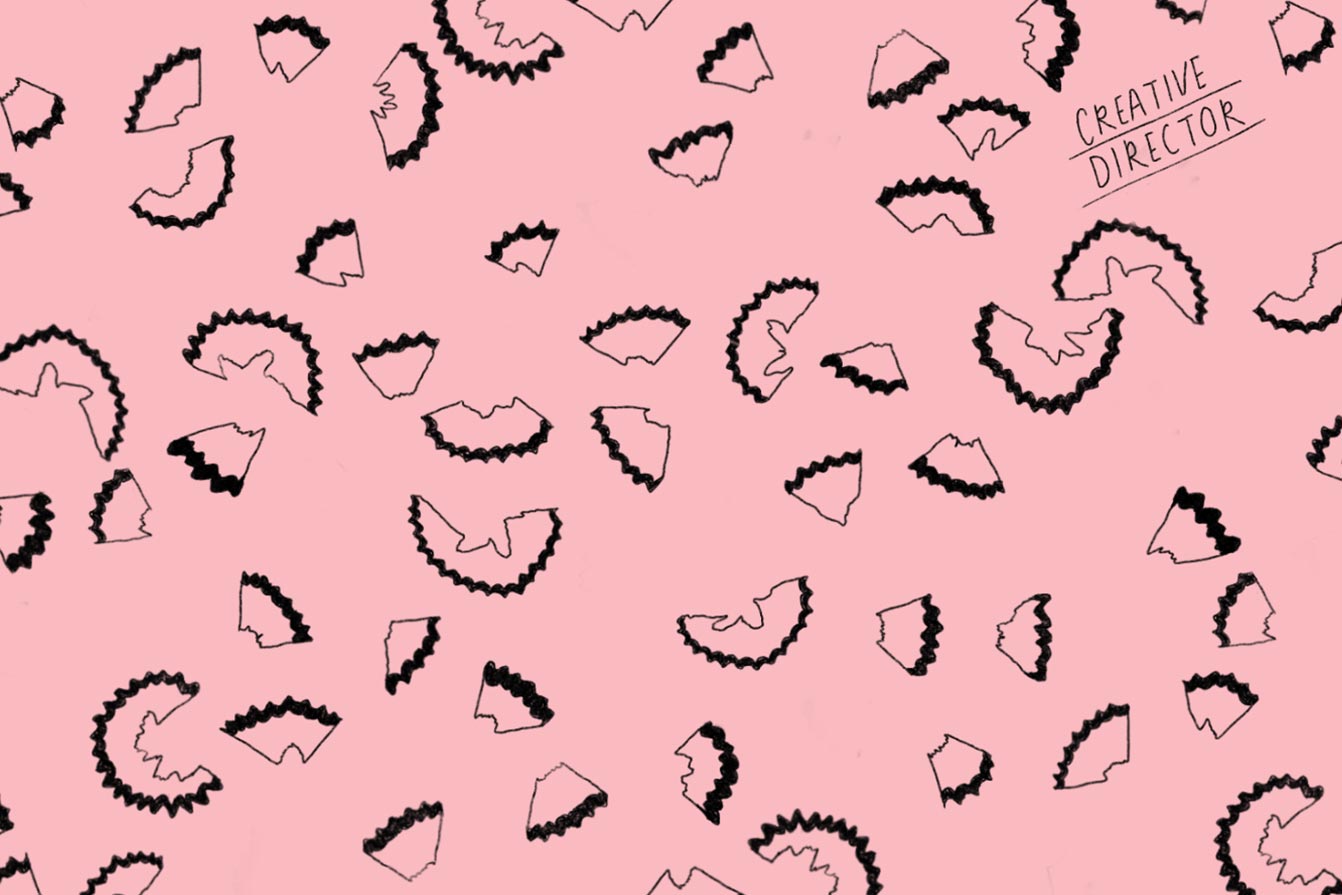
Creative Director
As a CD you may oversee a handful of more senior roles, dipping into their various projects to steer, advise and ensure a constant level of quality. You will have built up a lot of industry knowledge, beyond just ‘design’. This will be relationships with suppliers, freelancers and a broad understanding of programmes & processes. This additional knowledge will allow you to ‘get shit done’ quicker, and with less uncertainty.
Decision making will become more natural. You’ll trust your gut more, and clients should respect your input/choices/decisions. Along with raising the more junior members around you, you’ll be reporting to the studio owner to input on the studio’s brand/direction/goals.
Your day-to-day role will move from designing, to thinking. Often days will go by without you opening the Adobe suite. More time will be spent on strategy, research, insights and workshops.
The CD should be driven by studio objectives, work under their own steam, and be fully aware of the commercial implications of running a studio.
Online, it’s stated that the average income for a creative director in the UK is anywhere between £40k and 60k, with some roles topping £100k.
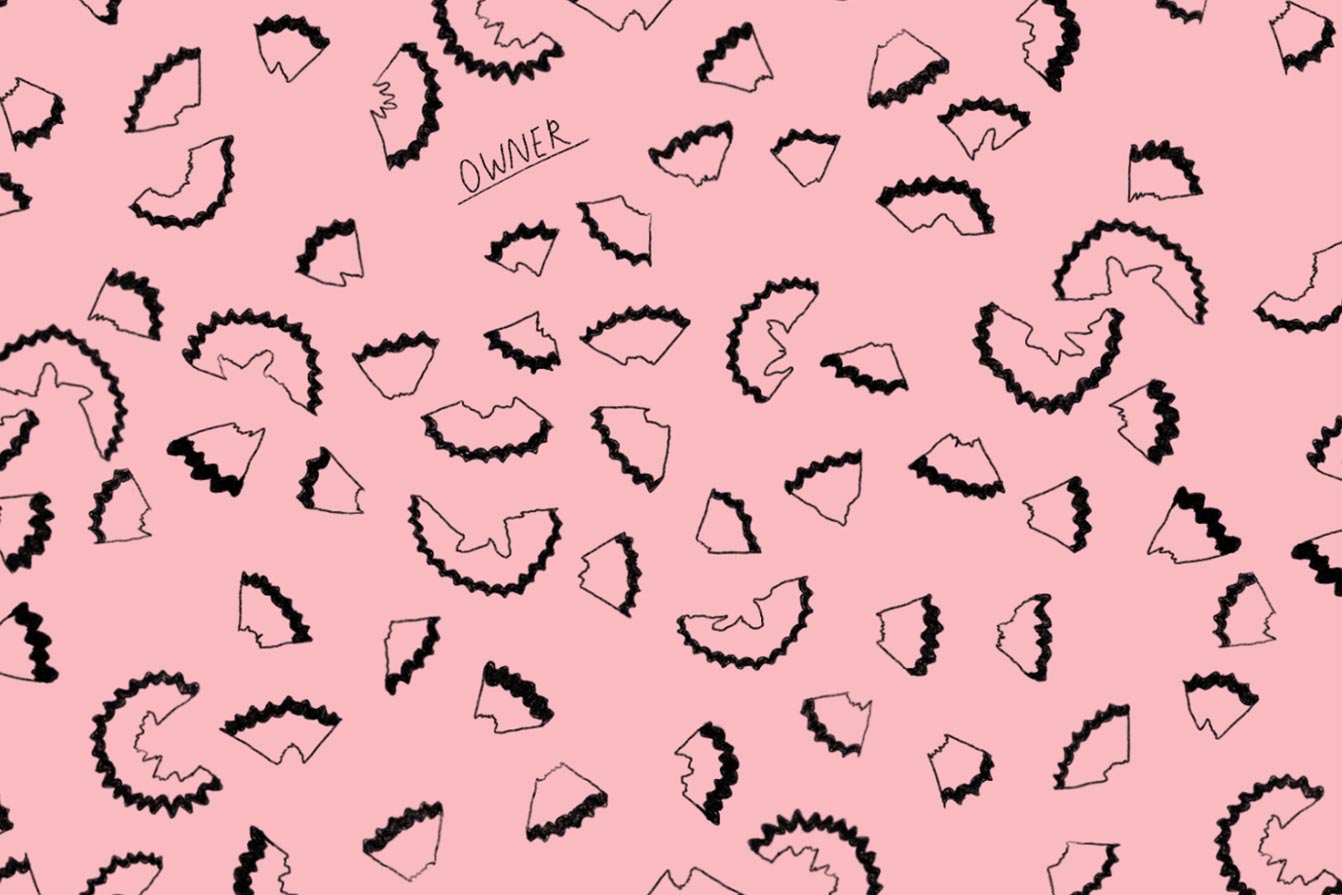
Studio Owner
The usual steps are progress through the previous ranks and then shake off your employer and do it yourself. Although the age/experience level of the studio owners I see is getting younger each year. The rise of digital communication and social media has allowed creatives to fast-track the usual process, and reach owner-level much quicker than previous generations. We started Side by Side relatively young. We were both 25/26, and had around 6 years experience in industry. Looking back, we were probably at ‘senior designer’ level when we started out, and the quality of our work has improved vastly over the last 7 years.
When you become a studio owner, you immediately need a WHOLE new skillset. Incomings. Outgoings. Taxes. Employees. Leadership. Development. Legalities. One day you’re designing pretty pictures, the next you’re dealing with furlough schemes. It’s a big step.
Financially, there’s no ceiling to being a studio owner. You have the ability to earn significantly more than you did as an employee. It’s not unfeasible to be earning triple or quadruple what you were previously taking home.
But with more reward comes more risk. Running a studio can be stressful, hard and tiring. It can quickly take over your life so it’s worth thinking if that’s the lifestyle choice you want.
Example Team Project
So here’s how all these people come together to form a functioning company. For the point of this example, let’s say it’s a rebrand project, with some promotional materials.
- The CD and the Owner will meet up with a client to understand their brand and their objectives.
- The owner, with the help of the CD, will price up the project & set timescales/deliverables.
- The CD, and a Senior Designer will work with the client to form a creative strategy to achieve their goals.
- The CD will brief in a team to work on the project, which may include a Senior Designer, a Mid-Weight and a Junior.
- The team will split roles amongst themselves, with all work getting approved by the CD.
- At the rebrand stage the junior may be mood boarding or researching. As the project progresses they may be artworking the promo materials.
- The Middleweight and Senior Designers may be working new brand concepts, proposing their ideas to the CD at regular intervals.
- The CD and a Senior Designer may then pitch the work to the client. With the creative team undertaking the changes/feedback.
- The Owner or a representative (i.e accounts dept) may then finalise the project with billing, and a chat about what’s next on that client’s horizon.
Written by Dave Greasley on 23.07.2020
Follow the studio on Instagram and Twitter
Written by Dave Greasley on 23.07.2020
Follow the studio on Instagram and Twitter
Share:
Share:
Want a question answered?
Email us advice@sidebyside.co.uk
Want a question answered?
Email us advice@sidebyside.co.uk
Over the last few years we've become a little jaded with the whole design industry. As we've grown as a business – and more importanly, people – we've seen the importance of helping others, and giving back. We've learnt a hell of a lot during our careers, mostly from fixing fuck-ups, and we want to share this knowledge.
We can see the pitfalls of this industry (we've lived it) and now we're in a position where we can help, rather than just moan about it. We've listened to many a student and young designer asking the same questions, so we know there's a scarcity of answers out there. No inspirational quotes. Just gritty, honest, insights.
Gain Knowledge. Give Knowledge.
Over the last few years we've become a little jaded with the whole design industry. As we've grown as a business – and more importanly, people – we've seen the importance of helping others, and giving back. We've learnt a hell of a lot during our careers, mostly from fixing fuck-ups, and we want to share this knowledge.
We can see the pitfalls of this industry (we've lived it) and now we're in a position where we can help, rather than just moan about it. We've listened to many a student and young designer asking the same questions, so we know there's a scarcity of answers out there. No inspirational quotes. Just gritty, honest, insights.
Gain Knowledge. Give Knowledge.
